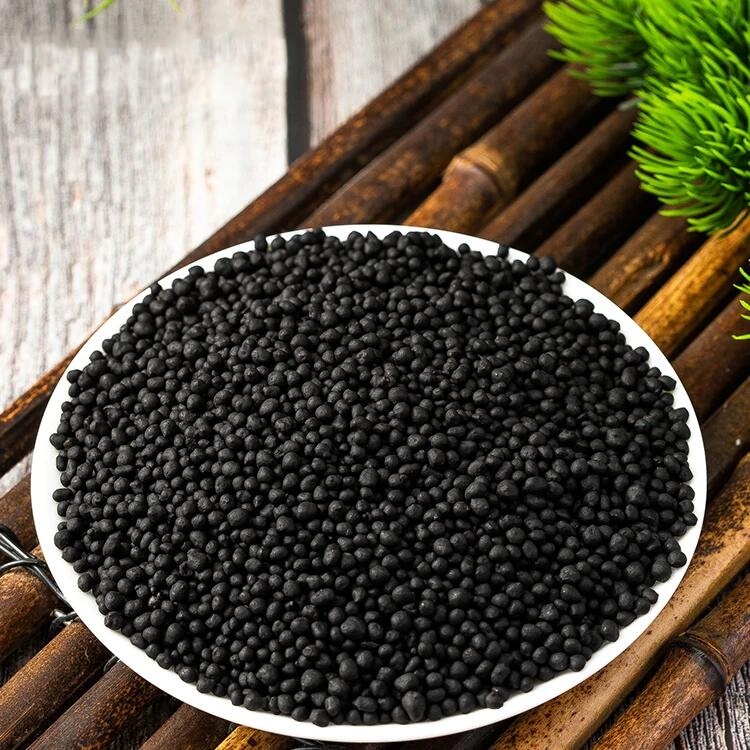At present, the main application of humic acid is agriculture. The previous article “Use of Humic Acid: Application of Humic Acid in Agriculture (Part 1)” has explained the two major uses of humic acid in the manufacture of humic acid fertilizers and humic acid liquid fertilizers. This article continues the previous article to explain the relevant content:
Manufacturing Humic Acid Compound Fertilizers
In recent years, humic acid compound fertilizers have made new developments. Most products have a total NPK content of 20%-25%, organic matter ≥20%, or calcium, magnesium, sulfur, zinc, iron, and boron ≥1 6%. In compound fertilizers, except for NPK, trace elements each account for about 0.2%, and the humic acid content is 3%, 5% or 10%. While the production process of humic acid compound fertilizers has been improved and the scale has been expanded, its production method and raw material selection have also made great progress. Since the humic acid urea complex is an organic compound urea and a slow-release urea, it can be used to prepare various slow-release special compound fertilizer matrices, and is beneficial to the synergistic effect of humic acid on nitrogen, biological activity and other ecological effects. In addition, the interaction mechanism between humic acid and urea and the composition structure of the products have also made some progress. A new type of humic acid compound fertilizer with ammonium bicarbonate as the main component has been developed.
The role of humic acid and pesticides
For pesticides, humic acid not only has the basic conditions suitable for the polymerization of pesticides and high-molecular pesticides, but also has the characteristics of non-toxicity, odorlessness and pollution-free that other high-molecular substances or general pesticide synergists are difficult to completely possess. Moreover, humic acid substances themselves have disease resistance and are a good plant growth regulator. They have significant effects on improving crop resistance to cold and drought and promoting crop growth.
The role of humic acid and pesticides is mainly reflected in its adsorption behavior on pesticides. Its adsorption of pesticides is mainly the formation of hydrogen bonds and ion exchange, while coordination exchange, charge transfer, chemical adsorption and physical adsorption may also exist at the same time. Humic acid achieves the adsorption of pesticides through these possible interactions, thereby reflecting the role of solubilization, synergism, decomposition and reduction of pesticide toxicity.



